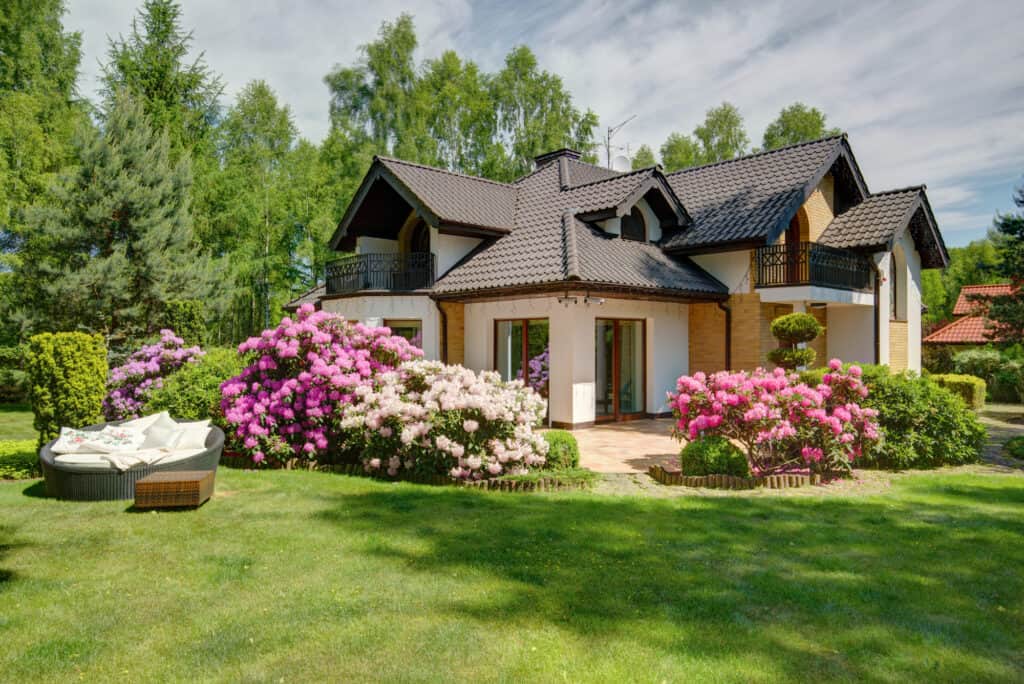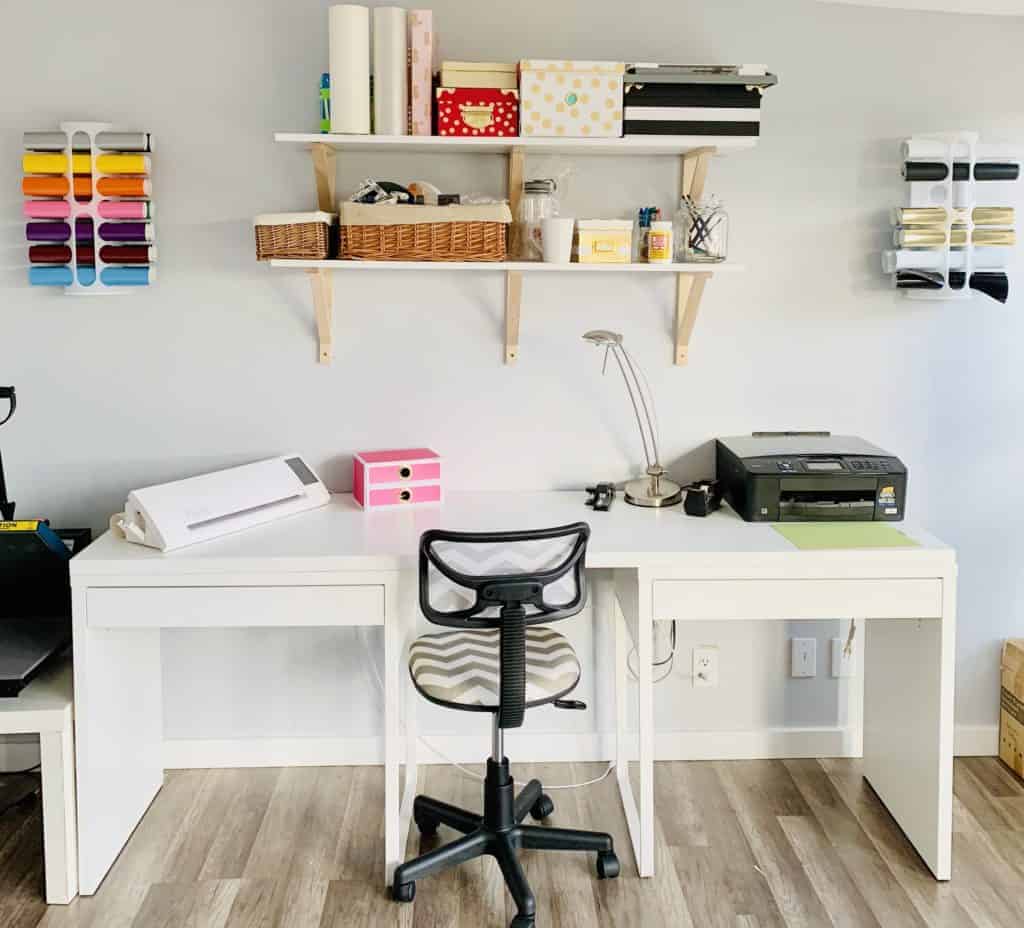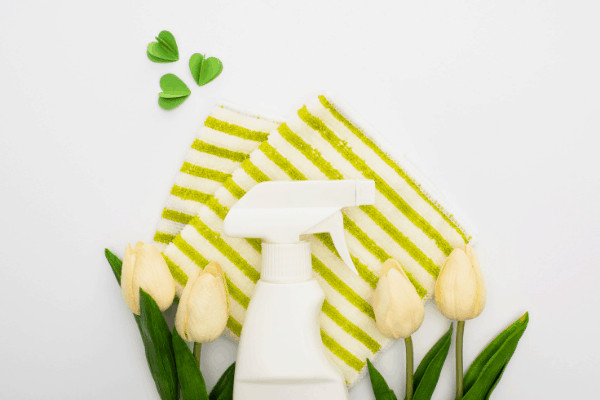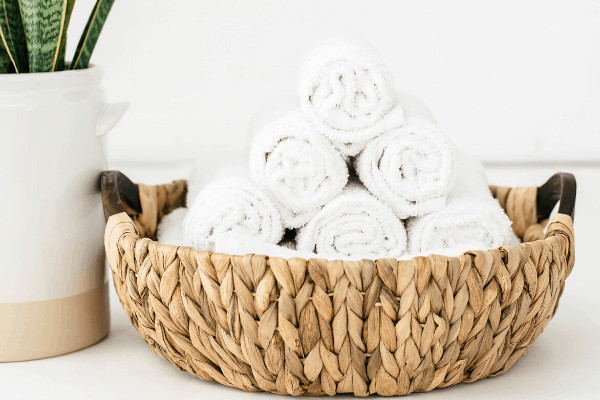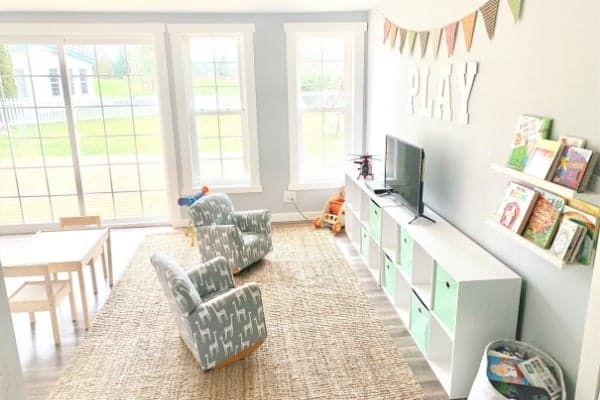Landscaping can transform any yard into a beautiful, welcoming space, especially in Austin, TX, where warm weather makes outdoor living enjoyable year-round. However, to keep a yard looking its best, homeowners need to avoid some common mistakes that can lead to long-term problems. Whether you’re new to landscaping or looking to improve your outdoor space, steering clear of these errors will help you maintain a healthy, vibrant yard that thrives in Austin’s unique climate.
Planting Without a Plan
One of the biggest mistakes homeowners make is planting without a proper plan. It’s easy to get excited at the garden center and pick up plants that look appealing, but without a plan, these choices can quickly backfire. Randomly placing plants without considering their growth patterns or how they’ll look together can lead to overcrowded spaces or high-maintenance areas that are difficult to care for.
Before starting any landscaping project, take time to assess the layout of your yard. Consider factors like sunlight exposure, the size plants will reach when fully grown, and how they’ll interact with each other. Having a clear vision will prevent future issues, such as overcrowding or the need to move plants around frequently.
Neglecting Tree Trimming and Maintenance
Trees are an essential part of any landscape, but they require regular maintenance to stay healthy and avoid becoming a hazard. Many homeowners overlook tree trimming, which can lead to problems like overgrown branches that block sunlight or pose a risk during storms. Untrimmed trees can also damage nearby plants by taking up too much space or creating too much shade.
This is where professional help can be beneficial. In Austin, Blade Runner Landscapes tree trimming services can help keep trees in check, improving their health and preventing overgrowth into unwanted areas. Regular tree trimming helps keep your yard looking neat and enhances the safety of your property, especially during Austin’s unpredictable weather conditions.
Overwatering or Underwatering Your Lawn
Finding the right balance when watering your lawn is essential for keeping it healthy. One common mistake is overwatering, which can lead to problems like root rot, lawn diseases, and the growth of mold or fungus. On the other hand, underwatering can cause the grass to dry out, leading to dead patches and an unhealthy appearance.
In Austin’s hot climate, it’s especially important to understand your lawn’s watering needs. Watering early in the morning or late in the evening helps minimize evaporation and allows the lawn to absorb water more efficiently. Knowing how much water your specific lawn type requires is also important to avoid overdoing it.
Choosing the Wrong Plants for the Climate
Another common mistake in landscaping is choosing plants that aren’t well-suited to the local climate. Summers can be particularly hot and dry in a city like Austin, and plants that require constant watering or cool temperatures may struggle. Selecting the wrong plants can lead to poor growth, frequent replacements, and higher water bills.
To avoid this, focus on native or drought-resistant plants that thrive in Austin’s conditions. Native plants are adapted to the local environment, meaning they’ll need less water and maintenance. Examples of good choices for the area include Texas sage, agave, and lavender. These plants can handle the heat and don’t need constant attention. By choosing the right plants for the local climate, you’ll create a healthier and more sustainable yard.
Failing to Use Mulch Properly
Mulch is a valuable tool in landscaping, but when used incorrectly, it can cause more harm than good. Applying mulch helps retain moisture in the soil, reduce weeds, and regulate soil temperature. However, using too much or the wrong type of mulch can lead to problems like suffocating plant roots, attracting pests, or fostering mold growth.
To use mulch properly, apply a thin, even layer around plants, making sure not to pile it too close to the base of the plants or trees. Around 2-3 inches of mulch is typically sufficient. This will allow the soil to retain moisture while still allowing the roots to breathe. Mulch should be replenished once or twice a year, depending on how quickly it breaks down.
Choosing organic mulch, such as wood chips or bark, can provide additional nutrients as it decomposes. Applying mulch the right way will help your plants stay healthy and reduce the amount of time spent on weeding or watering.
Ignoring Soil Health
Soil health is a key component of successful landscaping, yet it’s often overlooked. Many homeowners focus on the plants they put in the ground without paying attention to the quality of the soil. Poor soil can lead to weak plant growth, drainage issues, and nutrient deficiencies.
The first step to improving soil health is to test it. This can help you determine if the soil is too acidic, too alkaline, or lacking in essential nutrients. Once you know the state of your soil, you can take steps to improve it. Composting is an excellent way to add organic matter and improve soil structure. Aerating the soil can also help, especially if the ground has become compacted over time.
Another common mistake is using the wrong type of fertilizer or using it too frequently. Over-fertilizing can harm plants and lead to nutrient imbalances. Choose a fertilizer that matches the needs of your plants and apply it sparingly. Healthy soil will provide a strong foundation for your plants, allowing them to grow and thrive.
By avoiding common landscaping mistakes like choosing the wrong plants, misusing mulch, and neglecting soil health, homeowners can create a beautiful, sustainable yard that thrives in Austin’s unique climate. With careful planning and the right maintenance practices, your yard can be a welcoming space year-round. Taking the time to address these issues upfront will save time, money, and effort in the long run, resulting in a yard you can enjoy for years to come.

